In the vast, verdant world of botany, not all plants enjoy the spotlight. Some plants are so elusive and unique that spotting them in the wild becomes a feat worthy of a seasoned explorer.
These rare botanical wonders remind us of the incredible diversity of life and the delicate balance of ecosystems.
By understanding and preserving these plants, we’re not just protecting specimens of beauty but also the ecological narratives they carry with them.
These plants matter because they often play crucial roles in their environments, offering insights into biodiversity and ecosystem resilience.
Additionally, some of these species have the potential for groundbreaking discoveries in medicine and science.
This exploration of the planet’s rarest flora will introduce you to species that are as fascinating as they are fragile.
#1. The Middlemist Red

The Middlemist Red is a captivating flower with a tale as old as time. Originally from China, only two known specimens exist today—one in New Zealand and the other in the UK.
This rare camellia has been preserved through meticulous care. Its significance lies in its ability to thrive in captivity while being extinct in its natural habitat. It’s a poignant reminder of how human intervention can preserve what nature struggles to maintain.
#2. The Ghost Orchid
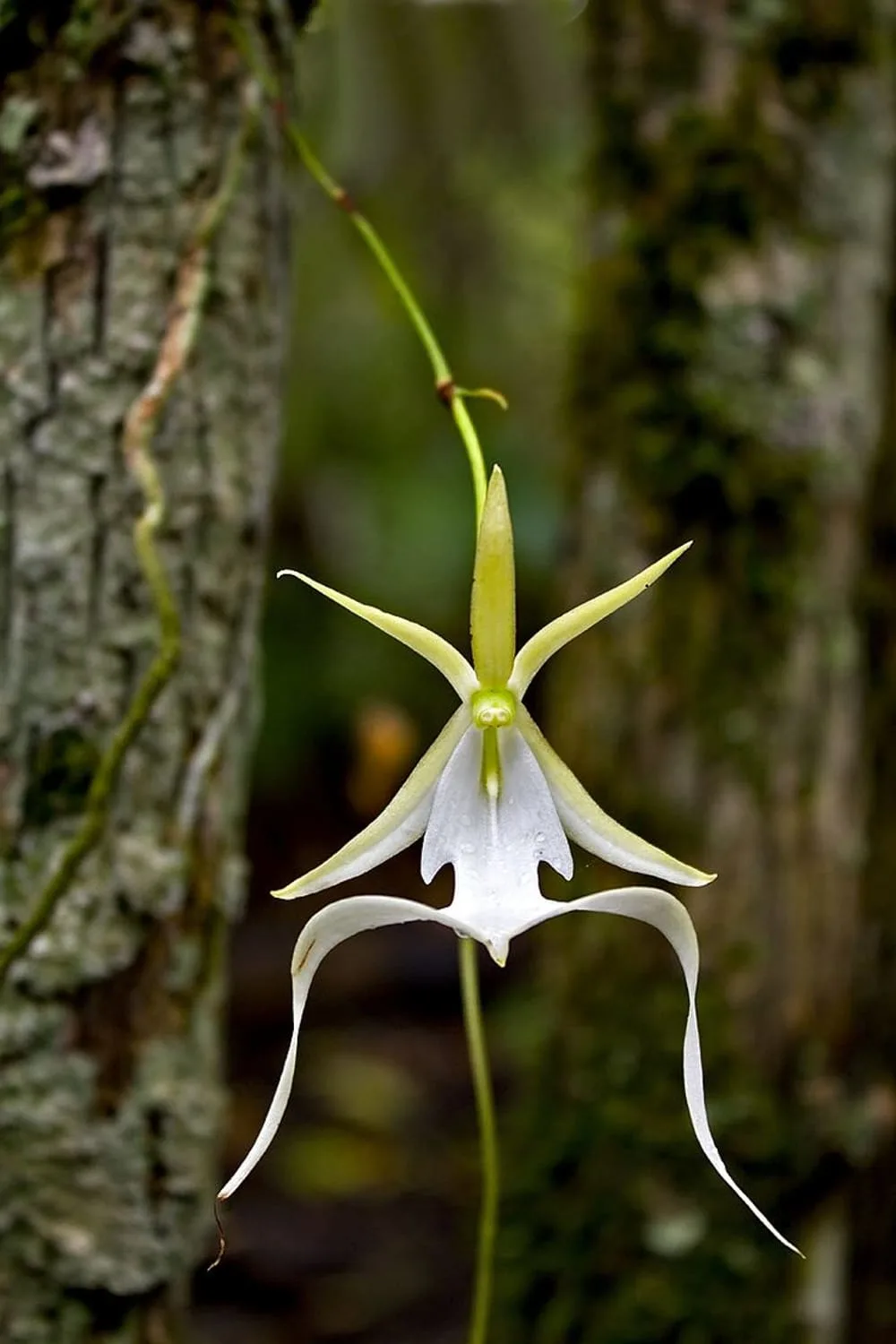
Nowhere visible in plain sight, the Ghost Orchid teases curious eyes in the swamps of the southern US and Cuba. This ethereal plant lacks leaves and depends entirely on a symbiotic relationship with fungi to survive, making it one of nature’s weird wonders. The fleeting appearance of its white, spectral blooms has enticed botanists and photographers alike, but its enigmatic existence makes it a case study in plant-fungi symbiosis.
#3. Corpse Flower
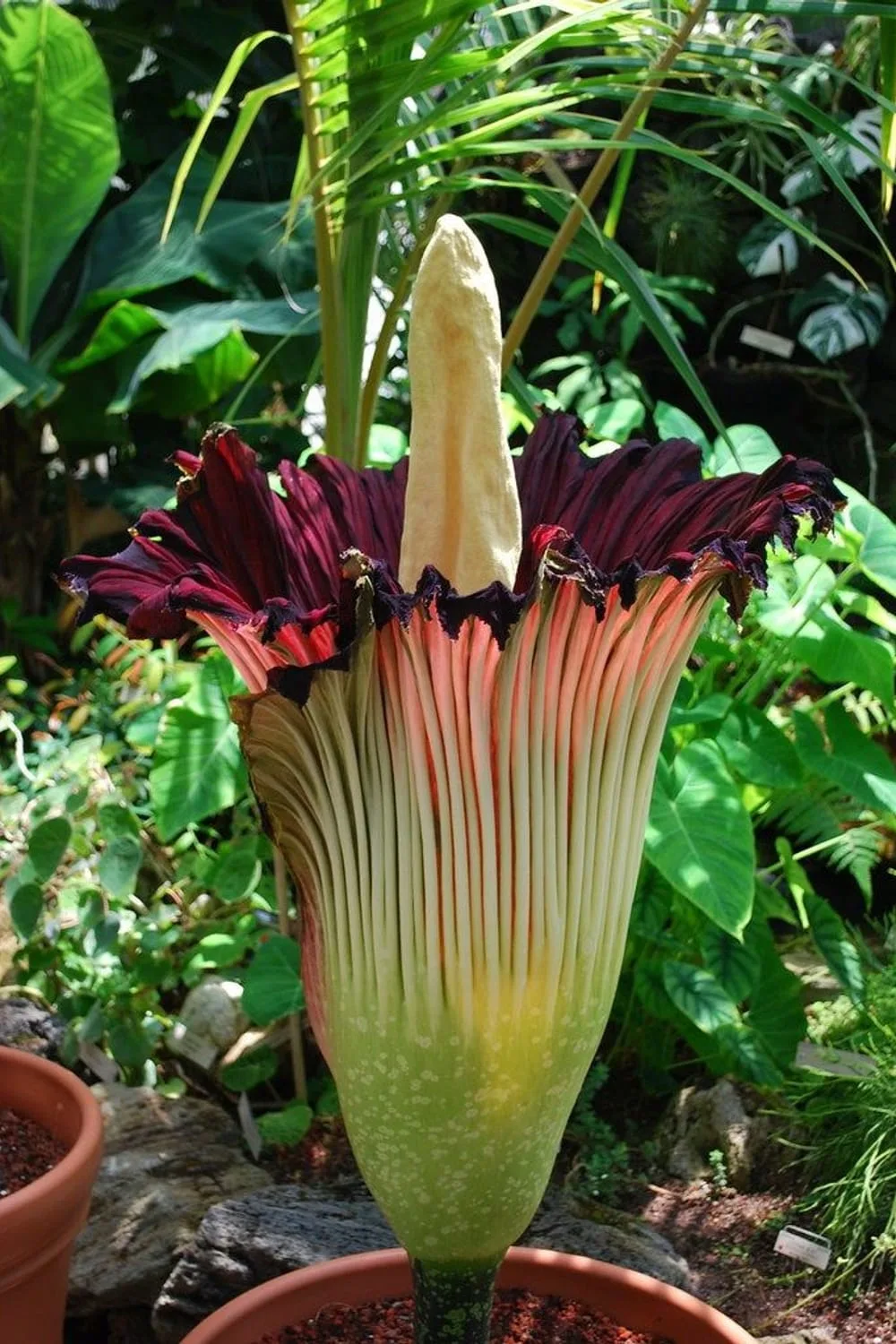
The name alone can send shivers down your spine, and the Corpse Flower lives up to it with its infamous odor. This plant’s scent, reminiscent of rotting flesh, attracts carrion insects for pollination. Native to Indonesia, this giant blossom can grow over three meters tall, but blooms are rare and unpredictable. Its enormous size and bizarre blooming habits make it a botanical spectacle and a testament to the diversity of plant pollination strategies.
#4. Rafflesia Arnoldii
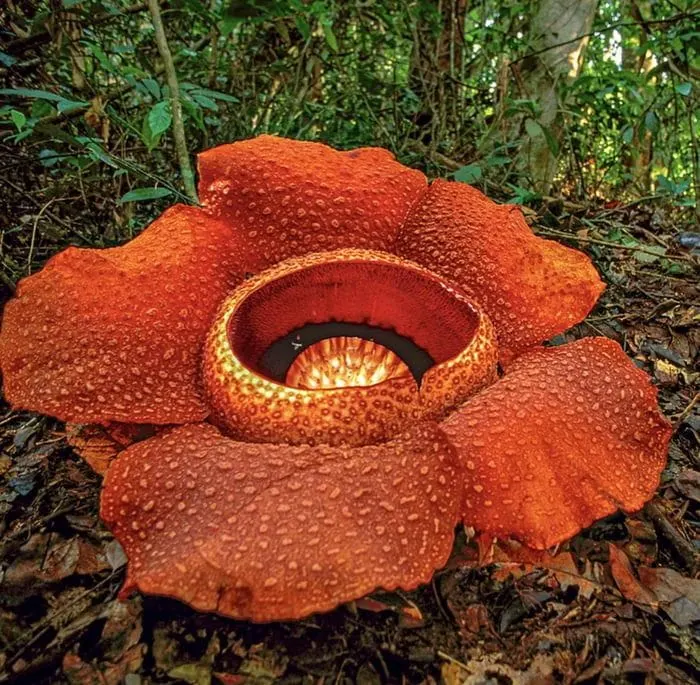
The Rafflesia Arnoldii holds the title of the world’s largest flower. Found in the rainforests of Indonesia, this parasitic plant has no visible leaves, stems, or roots, residing within the tissues of its vine host. The flower’s strong, pungent aroma and unique pollination strategy exemplify the intricate, often surprising, adaptations plants can evolve to suit their environments.
#5. The Franklin Tree
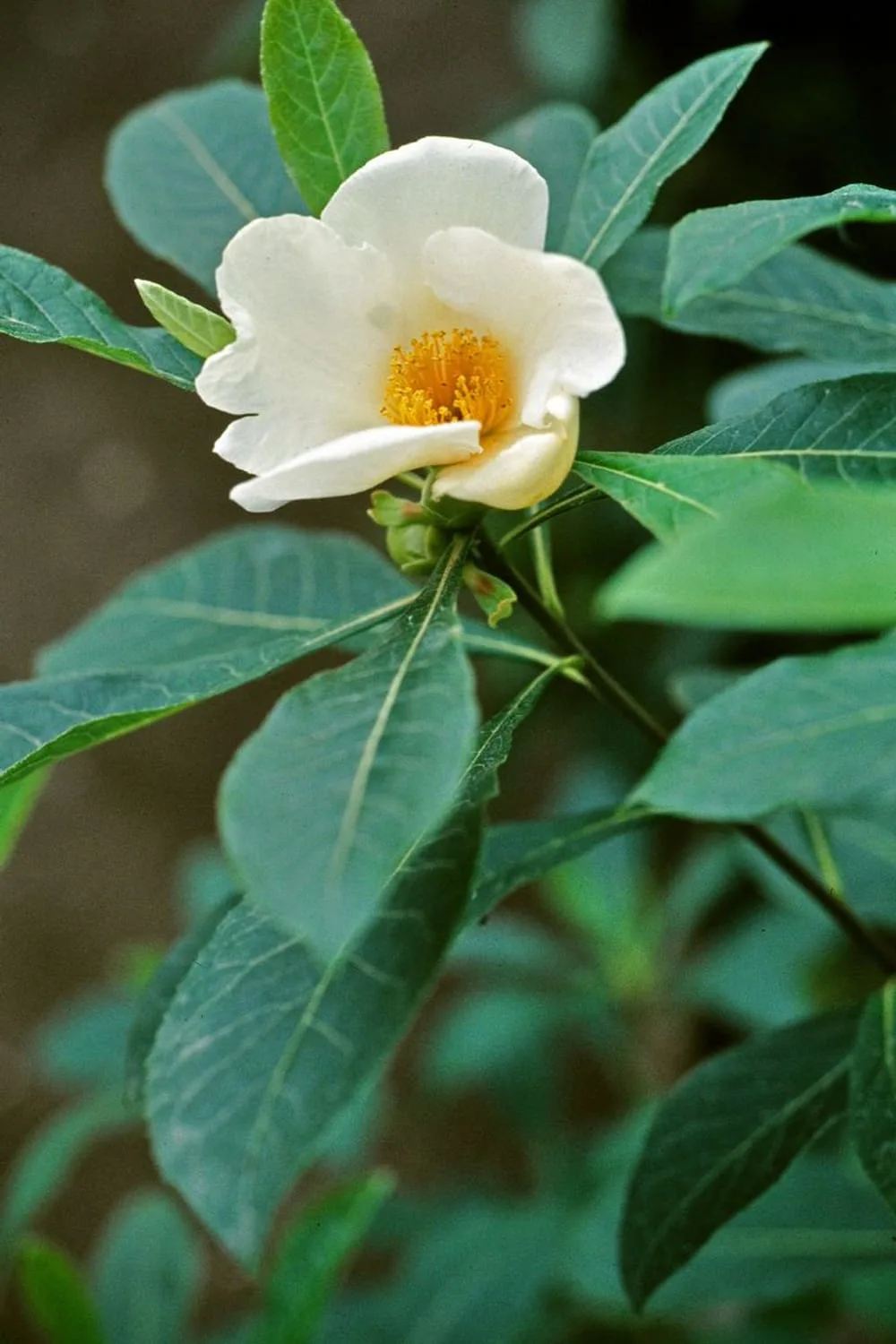
The Franklin Tree, lost in the wild yet preserved in cultivation, is a small tree with camellia-like flowers originating from the southeast United States. Rediscovered by botanist William Bartram in the 18th century, all known specimens today originate from his cultivated seeds. It’s a striking example of perseverance in cultivation even after natural extinction.
#6. Gibraltar Campion
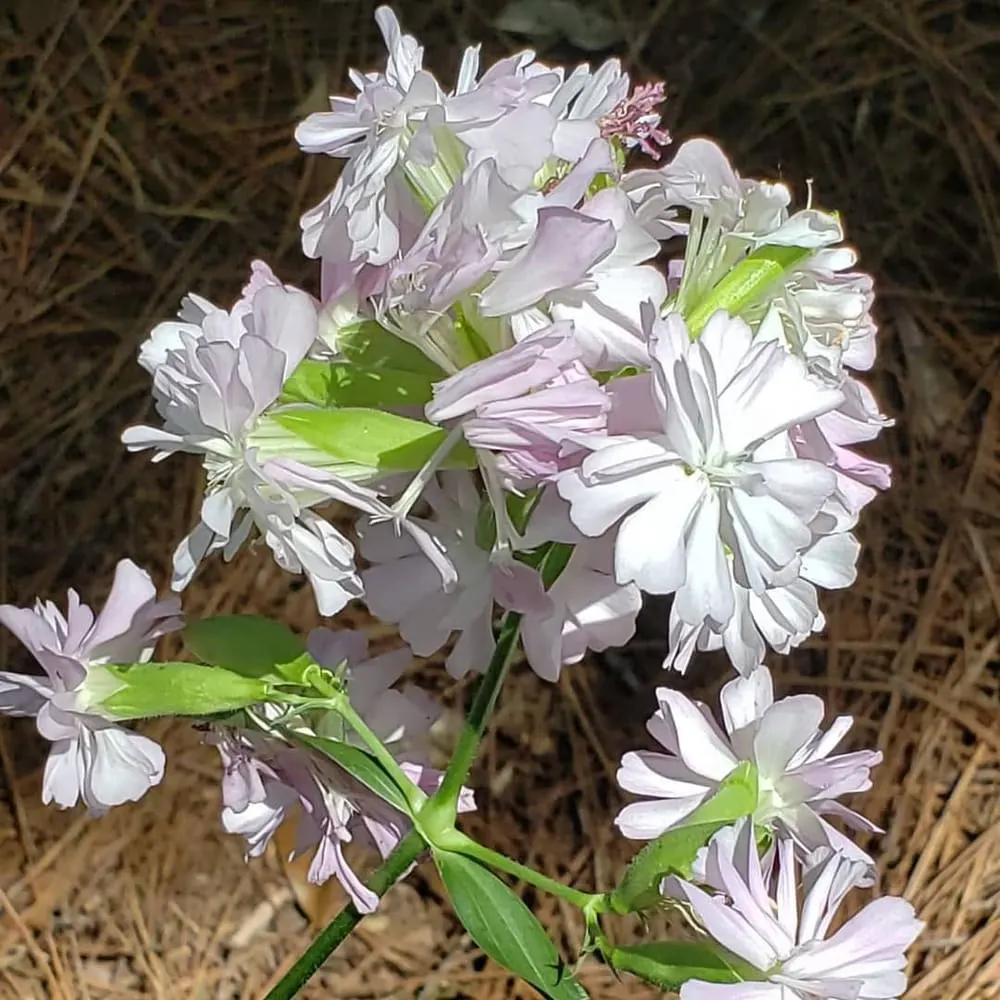
Nestled in the cliffs of the Rock of Gibraltar, Gibraltar Campion was once declared extinct. Remarkably, in 1994, it was rediscovered, clinging to the cliffs like an echo from a bygone era. The plant’s tenacity and rediscovery highlight the resilience of nature and the importance of preserving every thread of our planet’s biodiversity.
#7. Jade Vine

With its cascading turquoise blooms, the Jade Vine of the Philippines commands attention. It relies on bats for pollination, a fascinating partnership that underscores the interconnectedness of species. Despite its vibrant appearance, habitat loss threatens its existence, making it a symbol of the delicate balance required to maintain biodiversity.
#8. Attenborough’s Pitcher Plant
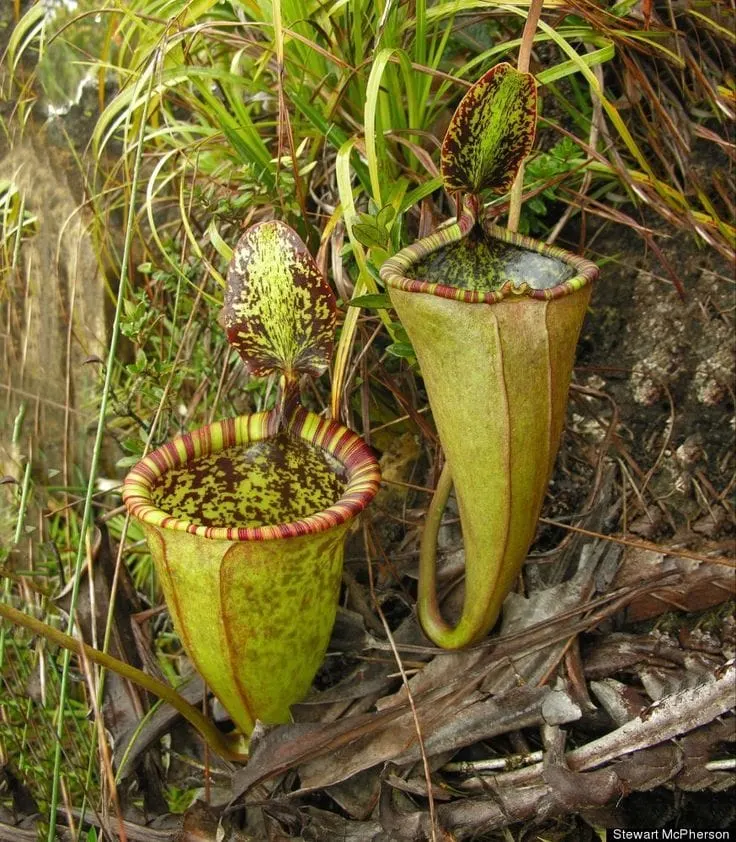
Named after the renowned naturalist Sir David Attenborough, this carnivorous plant is found only on Mount Victoria in Palawan, Philippines. Attenborough’s Pitcher Plant uses its deep, pitcher-shaped leaves to trap insects, providing a glimpse into the dietary adaptations some plants adopt in nutrient-poor environments.
#9. The Chocolate Cosmos

Famed for its rich chocolate scent, the Chocolate Cosmos is native to Mexico. Sadly, this plant is extinct in the wild, surviving only through cultivated specimens. Its sweet, alluring fragrance and dark, velvety petals serve as a poignant reminder of what we stand to lose if we neglect conservation efforts.
#10. Parrot’s Beak
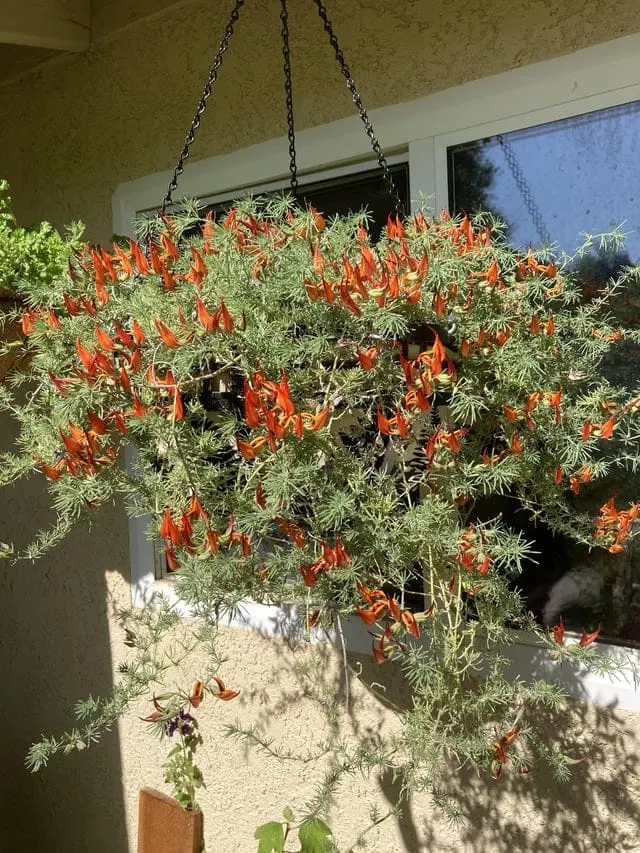
With blooms resembling a parrot’s beak, this vibrant plant hails from the Canary Islands. The Parrot’s Beak requires a specific growing season and climate, making cultivation challenging. It’s a striking example of nature’s flamboyance and the fragile conditions needed to sustain such beauty in the wild.
#11. Wood’s Cycad
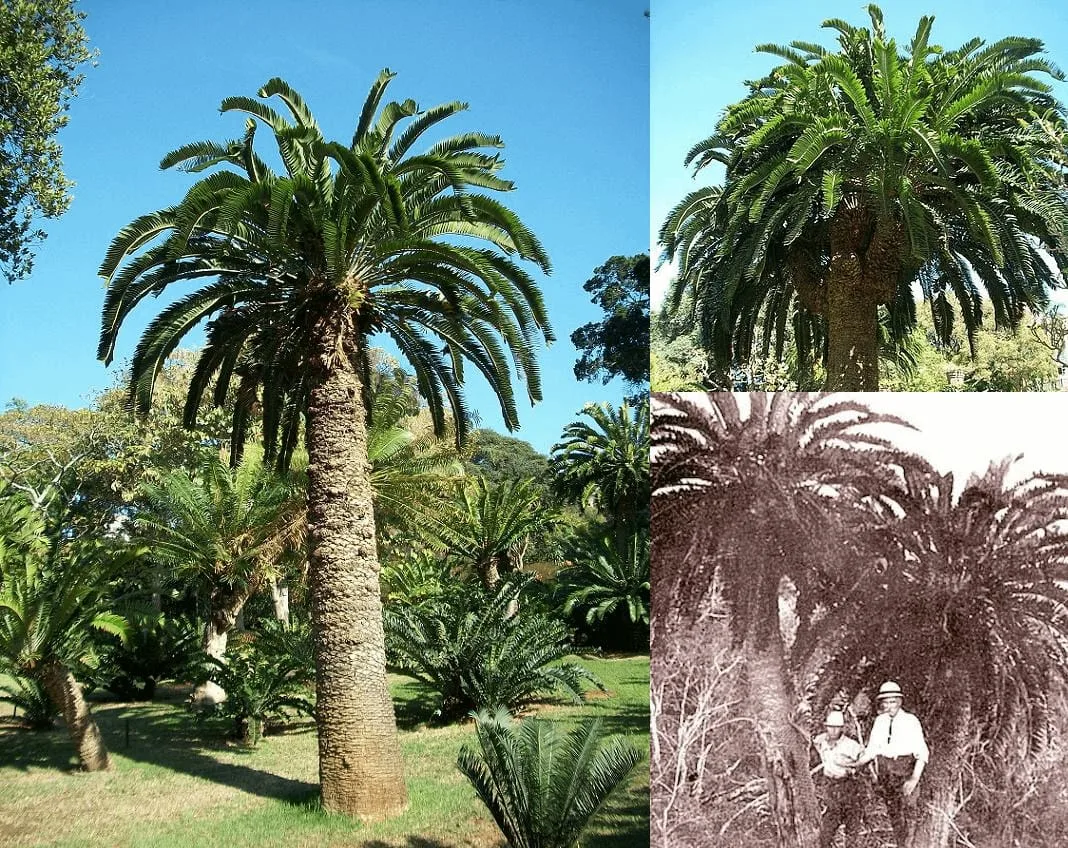
The last of its kind, Wood’s Cycad is the sole surviving member of a once-diverse lineage. Found in South Africa, this ancient plant species stands as a living fossil, a solitary witness to eons of evolutionary history. Its story is one of endurance, a botanical time capsule offering insights into a primeval world.
The rarity of these plants is a reminder of the ever-shifting tapestry of life on Earth. As we learn more about these ecological marvels, they teach us about the intricate relationships within ecosystems and the impact of human activity.
By valuing these rare plants, we take a step toward preserving the natural world not just for their unique beauty but for the essential roles they play in maintaining ecological balance.

